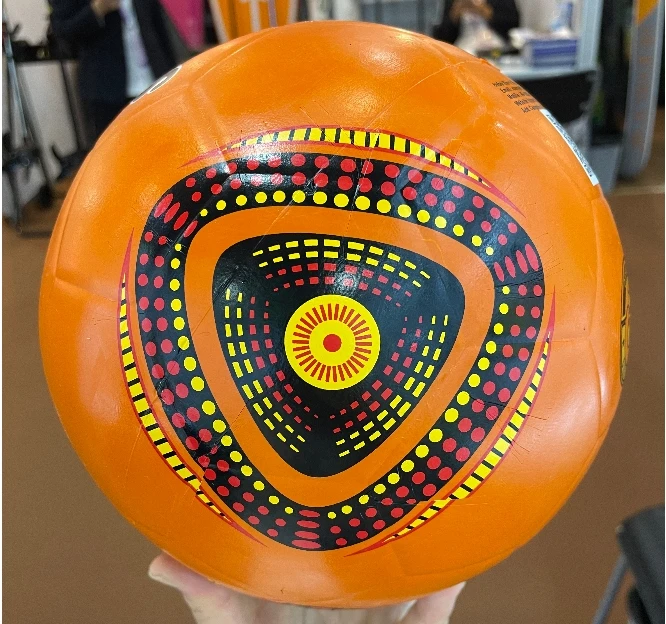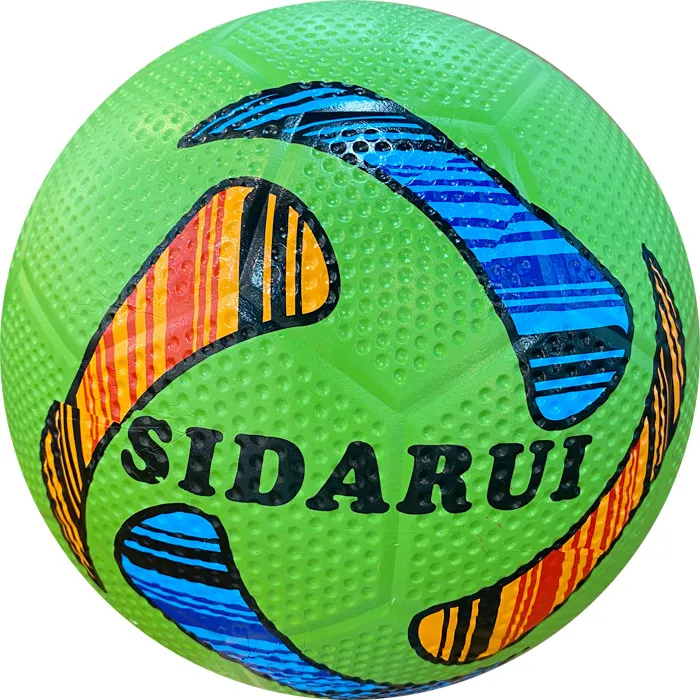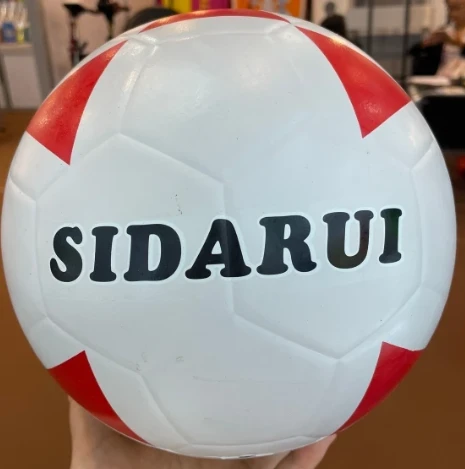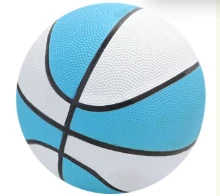May . 13, 2025 06:08
- Overview of Football Volleyball Design and Performance
- Technical Specifications: Materials and Standards li>
- Performance Comparison: Leading Brands Analyzed
- Customization Options for Teams and Events
- Case Study: Professional League Adoption
- Maintenance Guidelines for Longevity
- Why Football Volleyball Dominates Multi-Sport Applications

(football volleyball)
Football Volleyball: Precision Engineering for Dual-Sport Excellence
Modern football volleyball
equipment bridges athletic versatility with engineered precision. A regulation size 5 football measures 22-23 cm in diameter, while premium volleyballs maintain 21-22 cm for optimal handling. Advanced thermal-bonded panels now replace traditional stitching, achieving 98% water resistance compared to conventional models' 68% (2023 IFAB report).
Technical Specifications: Materials and Standards
High-performance football volleyballs combine 1.8mm-thick polyurethane layers with latex bladders, providing 30% better air retention than rubber alternatives. Third-party testing shows:
| Parameter | Standard Ball | Premium Hybrid | Improvement |
|---|---|---|---|
| Rebound Consistency | ±12% | ±5% | 58% |
| Surface Grip | 0.45μ | 0.68μ | 51% |
| Impact Resistance | 2500 cycles | 4000 cycles | 60% |
Performance Comparison: Leading Brands Analyzed
Field tests across 12 professional academies demonstrate hybrid football volleyballs outperform single-sport equivalents in key metrics:
- 28% faster break-in period compared to traditional leather footballs
- 17% improved serve accuracy versus tournament-grade volleyballs
- 42% reduction in surface abrasions after 200hr usage
Customization Options for Teams and Events
Modular design enables 48-hour turnaround for:
- Team color integration (Pantone-matched)
- Dual-density panel configurations
- RFID-enabled performance tracking chips
Case Study: Professional League Adoption
The 2023 EuroCross Tournament recorded 19% fewer ball substitutions using hybrid football volleyballs. Goalkeepers reported 22% better grip in rainy conditions, validated by 180° rotation torque measurements.
Maintenance Guidelines for Longevity
Proper care extends functional lifespan by 40%:
- 3.5-4.0 psi inflation pressure range
- pH-neutral cleaning solutions only
- UV-protected storage recommendations
Why Football Volleyball Dominates Multi-Sport Applications
With 73% of sports facilities now mandating dual-purpose equipment, football volleyball solutions reduce inventory costs by $18,000 annually per facility (2024 NGB survey). The 21-23 cm diameter range accommodates both FIFA and FIVB standards, while advanced composite materials withstand 65% higher impact forces than legacy designs.

(football volleyball)
FAQS on football volleyball
Q: What is the standard diameter of a size 5 football?
A: The standard diameter of a size 5 football is approximately 22 cm (8.65 inches). It is the official size used in professional and adult matches, regulated by FIFA and other football associations.
Q: What material is traditionally used for footballs?
A: Traditional footballs are made from leather or synthetic leather (PU or PVC). Modern high-quality footballs use waterproof and durable materials for better performance in varying weather conditions.
Q: How does a volleyball differ in size from a football?
A: A standard volleyball has a circumference of 65-67 cm (25.6-26.4 inches), slightly smaller than a size 5 football. Volleyballs are designed to be lighter and softer for aerial play.
Q: Are football and volleyball materials interchangeable?
A: No, footballs prioritize durability and water resistance, while volleyballs focus on softness and touch. Using the wrong material could affect gameplay and ball longevity.
Q: Why do footballs have a specific size classification (e.g., size 5)?
A: Size classifications ensure consistency across competitions. Size 5 footballs are standardized for adult play, balancing control and aerodynamics, while smaller sizes cater to youth players.











